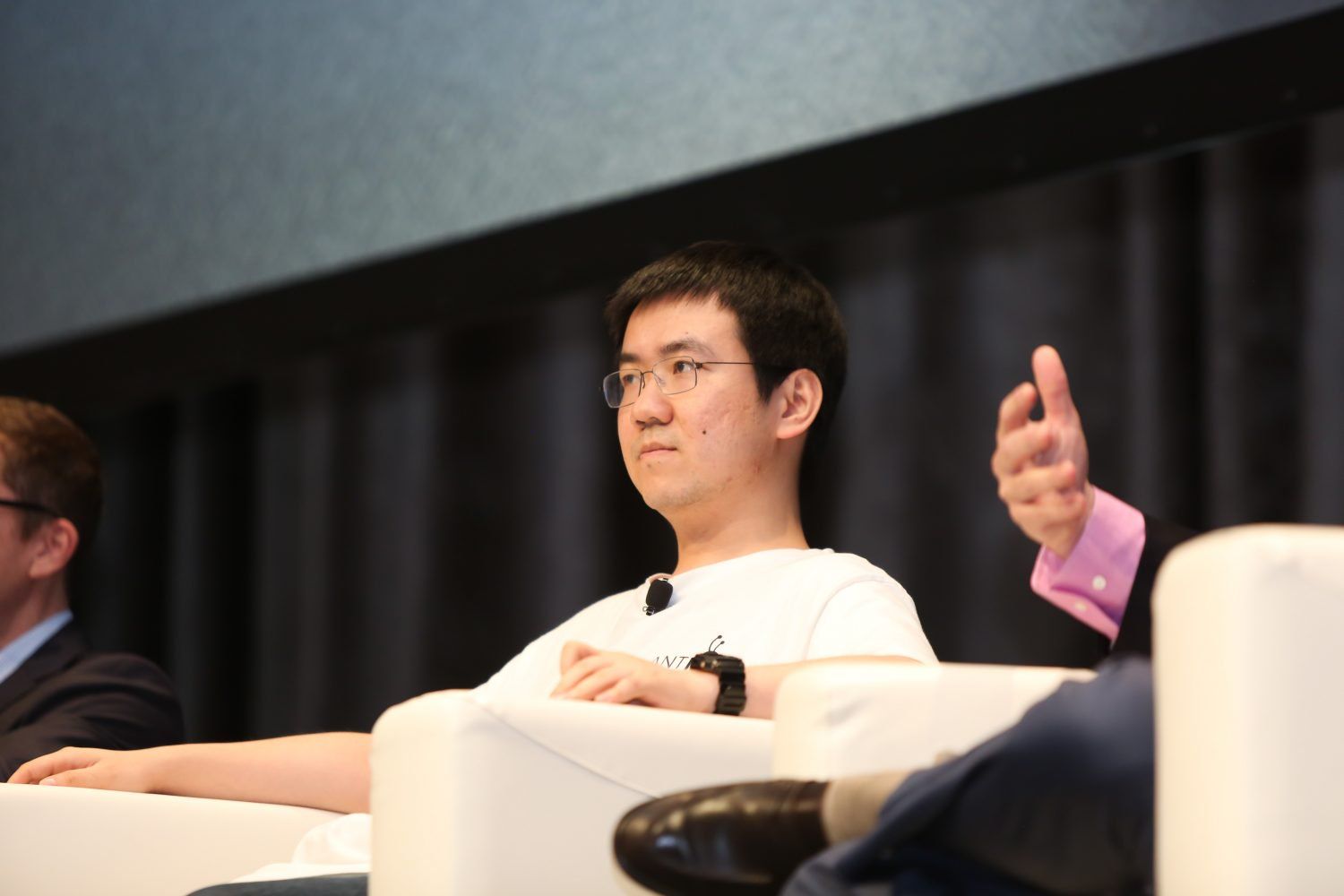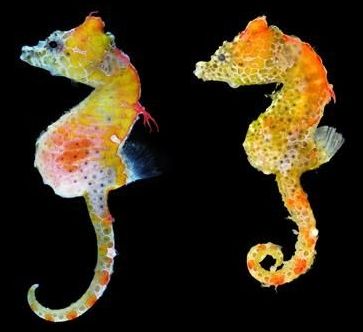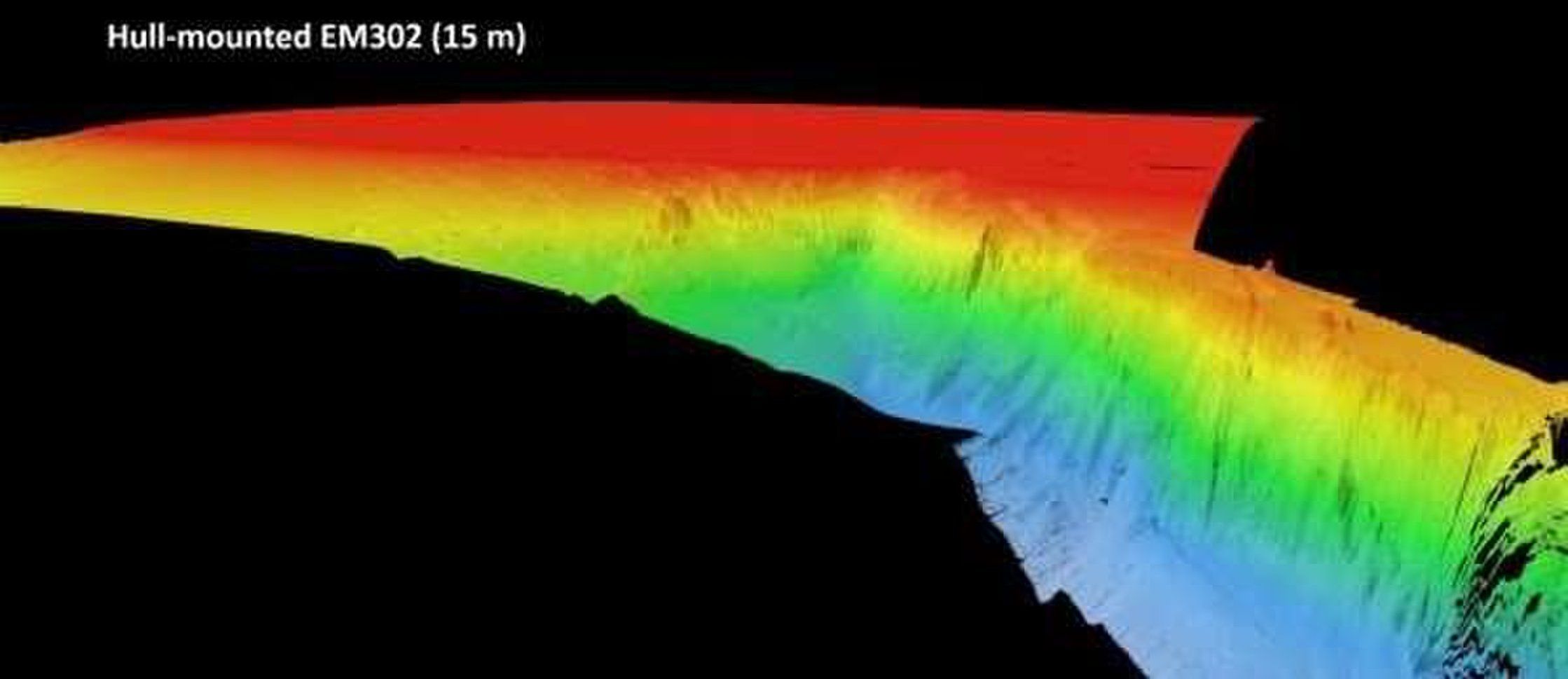Bitmain is going public in China. The IPO might make it one of the most valuable startups, cryptocurrency or not, to ever debut on the public markets.




A research expedition to a huge underwater canyon off the Irish coast has shed light on a hidden process that sucks the greenhouse gas carbon dioxide (CO2) out of the atmosphere.
Researchers led by a team from the University College Cork (UCC) took an underwater research drone by boat out to Porcupine Bank Canyon — a massive, cliff-walled underwater trench where Ireland’s continental shelf ends — to build a detailed map of its boundaries and interior. Along the way, the researchers reported in a statement, they noted a process at the edge of the canyon that pulls CO2 from the atmosphere and buries it deep under the sea.
All around the rim of the canyon live cold-water corals, which thrive on dead plankton raining down from the ocean surface. Those tiny, surface-dwelling plankton build their bodies out of carbon extracted from CO2 in the air. Then, when they die, the coral on the seafloor consume them and build their bodies out of the same carbon. Over time, as the coral die and the cliff faces shift and crumble, which sends the coral falling deep into the canyon. There, the carbon pretty much stays put for long periods. [In Photos: ROV Explores Deep-Sea Marianas Trench].

By New Scientist staff
It’s time to return to Mercury. The solar system’s boiling-hot innermost planet will have a visitor soon – a probe called BepiColombo, which is set to launch in October 2018. After seven years of journeying through the inner solar system, the spacecraft will enter Mercury’s orbit in 2025, and help to unravel the mysteries of this tiny, scorched planet.
Mercury is a bit of an enigma. Despite being so close to the sun and reaching temperatures of 350°C, NASA’s Messenger probe saw what looked like ice in the craters near the planet’s poles when it passed by in 2012. Messenger also found that Mercury has a tenuous atmosphere, even though it is blasted with intense radiation from the sun. And in 1974, NASA’s Mariner 10 probe detected a magnetic field on Mercury – a surprising find, as Venus, Mars, and the moon don’t have one.

Of all the planets in our Solar System, Jupiter is probably the most interesting to look at. It’s just a big ball of fast-moving gasses in all kinds of wild colors. The planet hosts storms that could swallow the entirety of Earth, and while we can see lots of neat things happening near the planet’s cloud tops it’s a lot more difficult to determine what is actually going on deeper inside the planet.
Now, thanks to some fancy calculations and jet stream models inspired by Earth’s own weather patterns, researchers have a new theory on just why Jupiter’s crazy bands seem so perfectly arranged.
In the study, which was published in The Astrophysical Journal, scientists explain that the jet streams on the planet are likely cut off by magnetized gasses deeper within the planet. The jet streams control the flow of gasses around the planet’s outer atmosphere where colorful bands of ammonia twist around the planet. These jet streams stretch many miles into the planet, but stop once they reach the magnetized gasses closer to its center.
Tomorrow, NASA aims to launch its first mission to touch the sun, on the fastest spacecraft ever built.
Black holes occasionally reveal themselves when passing stars get ripped apart by their gravity. These tidal disruption events have created a new way for astronomers to map the hidden cosmos.


THE FIN7 HACKING group has leeched, by at least one estimate, well over a billion dollars from companies around the world. In the United States alone, Fin7 has stolen more than 15 million credit card numbers from over 3,600 business locations. On Wednesday, the Justice Department revealed that it had arrested three alleged members of the group—and even more important, detailed how it operates.
The Justice Department announced the arrest of three members of notorious cybercrime group Fin7—and detailed some of their methods in the process.

In this episode of the Waking Up podcast, Sam Harris speaks with Dr. Nina Shapiro about the practice of medicine. They discuss the unique resiliency of children, the importance of second opinions, bad doctors, how medical training has changed in recent years, medical uncertainty, risk perception, vaccine safety, and other topics.
Dr. Nina Shapiro is the award-winning Director of Pediatric Otolaryngology and a Professor of Head and Neck Surgery at UCLA. She is featured in The New York Times, Time, The Wall Street Journal, NPR, and CNN.com among others. She is a regular on CBS’s The Doctors. She is the author of Hype: A Doctor’s Guide to Medical Myths, Exaggerated Claims, and Bad Advice – How to Tell What’s Real and What’s Not.